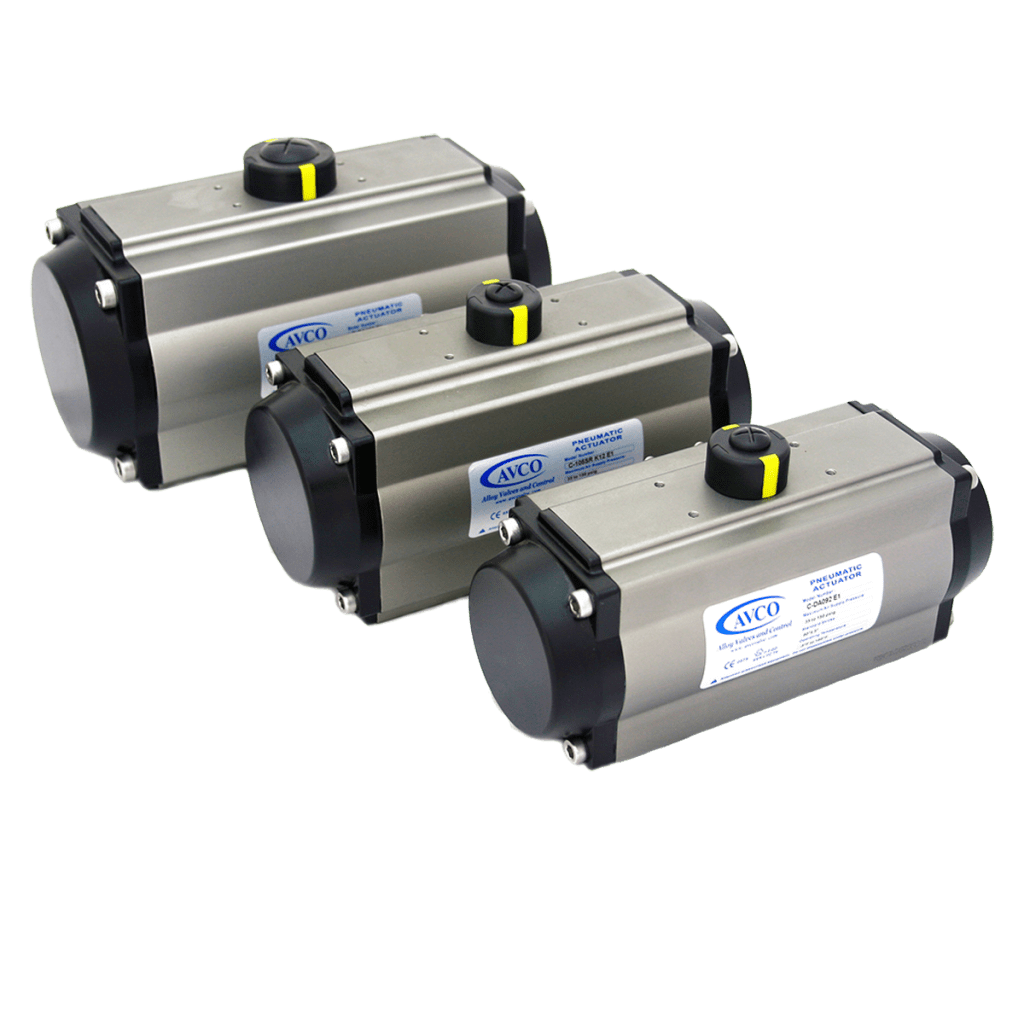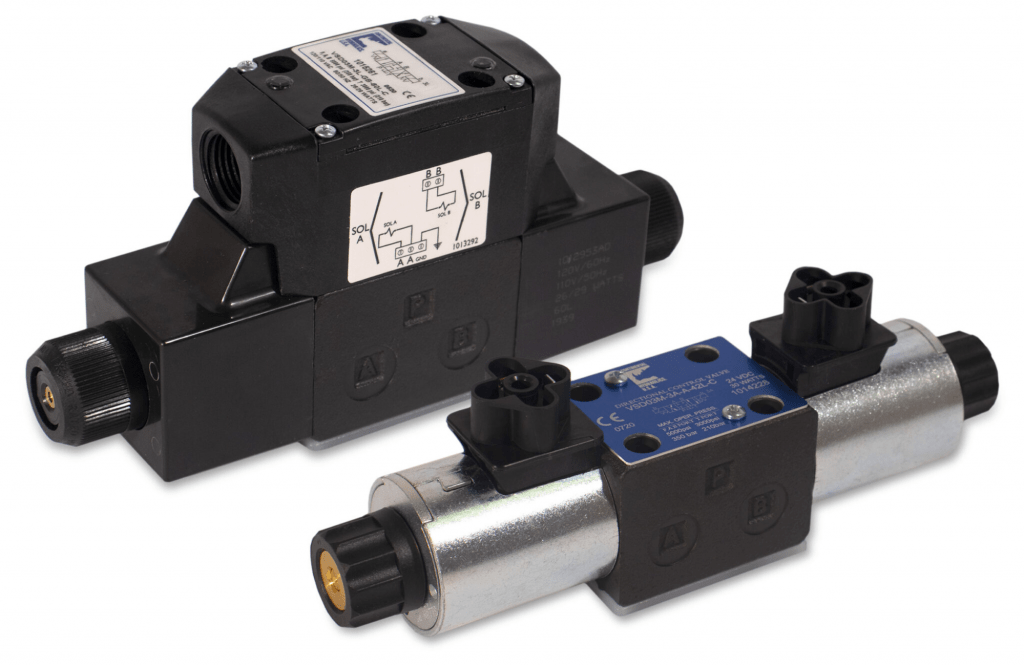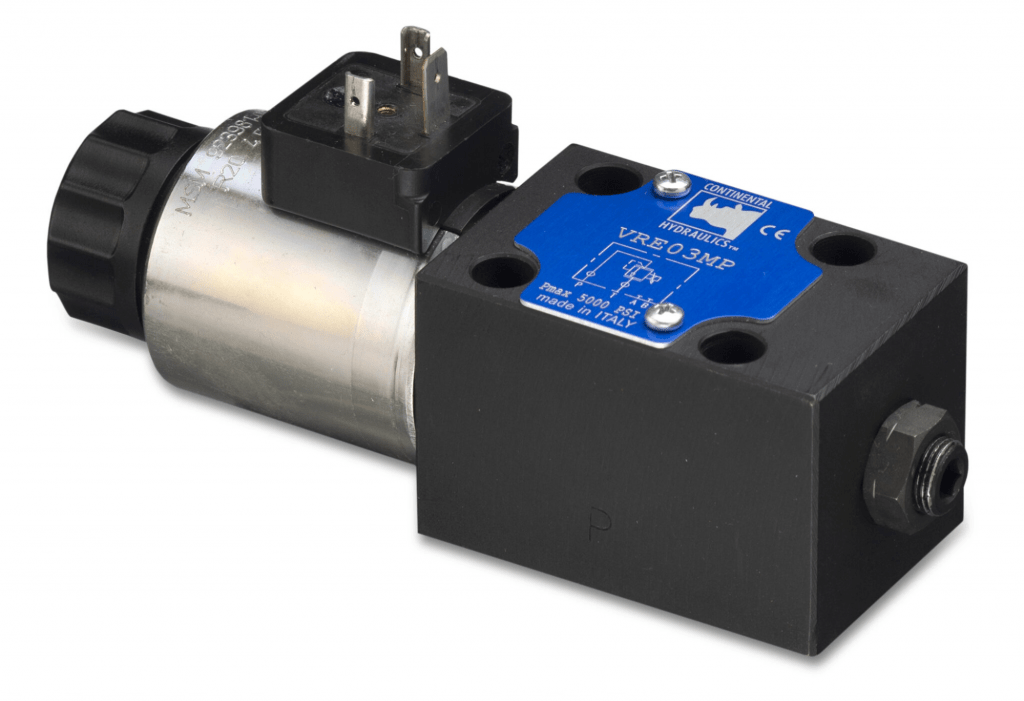There are many factors involved in the automation of ball valves and it is important to understand them before choosing a final solution.
ball valve actuator

Image Source: COVNA
Ball valve actuators are part of a larger family of pneumatic actuators. They are used to control the flow of air or gasses in various industrial applications. Ball valves are valves that have a round ball-shaped disc that closes off a passageway when the valve is closed.
The disc is held in place by spring-loaded arms or other mechanisms. The ball seals against the passageway and opens only when pressure is applied to open the valve and push the ball out of its seat.
Valve automation: things to consider

Image Source: The engineering mindset
Ball valves are one of the most common types of valves used in industrial and commercial applications, including water treatment systems. They are also used in certain home applications, such as water heaters, washing machines, and dishwashers
Ball valves are easy to install, operate and maintain. They feature a ball that seals against the valve seat when closed. The ball is lifted off its seat by rotating the handle on top of the valve. This allows flow through the valve.
Control system scheme

Image Source: Science Direct
The control system scheme is the most important element in the automation of ball valves. This is due to the fact that it ensures the safe operation of the valve and prevents malfunctions. The control system includes a controller, limit switch, sensor, and actuator. The controller sends signals to the limit switch and sensor.
The limit switch sends a signal to the controller when it detects an error or fault condition. Also, the sensor detects the position of the ball valve stem and sends it as a signal to the controller. The actuator moves according to the instructions given by the controller and opens or closes the ball valve.
Asset compatibility, reliability and criticality

Image Source: Chemical Engineering
Asset compatibility refers to the size of the pipe that the ball valve will be installed on. This is an important factor because it will determine whether or not your existing equipment can support a particular type of valve. Reliability refers to how rugged the ball valve is against wear and tear over time.
Criticality is another important factor driving the ball valve automation market. Ball valves are used in equipment that requires a high degree of accuracy or where failure could result in serious injury or damage to equipment.
Valve Cost

Image Source: The project estimate
A ball valve can be made from several different materials, including metal, plastic, and rubber. They are available in many different sizes, materials, and configurations. They are often used in high-pressure applications because they have a larger sealing surface than other types of valves.
The type of material used determines how much force is required to open or close the valve. The price of a ball valve will depend on its size as well as the manufacturer who makes it but the average valves usually cost between $10 and $20.
Types of valve actuators
There are four common types of control valve actuators in process industry applications: electric actuators, pneumatic actuators, manual actuators, and hydraulic actuators. Depending on the type of control valve being used, one or more of these types of actuators may be used to control the valve.
Manual valve actuators
Basic Levers

Image Source: Indiasmart
In the manual valve actuator, a lever is attached to the end of a rod. The rod is connected to a piston that moves back and forth inside the cylinder of a hydraulic pump. The rod is connected by a pivot to the lever, which operates the valve.
Latching-Lockable Lever Handle

Image Source: Amazon
Latched manual valve actuators are available in various sizes with manual operation and locking lever handle. The latching feature engages automatically when the lever is released, preventing accidental operation of the valve.
Oval Handles

Image Source: Gemini
The manual valve actuators with oval handles are used in many different applications. They are designed to operate manually, so they will not require any external power source. They can be used in a wide range of applications, including domestic and commercial plumbing.
Hand Wheels

Image Source: Directindustry
Hand wheels are the smallest, most lightweight, and least expensive type of manual valve actuator. They are used to rotate valves manually, either by hand or with a handle. A hand wheel is attached to the spindle of a manual valve and allows the operator to open or close the valve by turning the wheel.
Manual Valves with Limit Switches

Image Source: Assured Automation
These limit switches use a mechanical linkage that is activated by an operator turning a handle. The operator turns the handle until it reaches its maximum position, whereupon the linkage opens or closes the valve as required.
Pneumatic valve actuators
Rotary Actuators

Image Source: Tameson
Rotary actuators are another type of electric valve actuator. These act as normal valves, but instead of using moving parts, they use rotating motions and electromagnetic fields. This allows them to open and close very quickly, making them ideal for applications where speed is important like robotics and computers.
Double-Acting Valves

Image Source: AVCO
Double-acting valves are used to control the flow of gas or liquid into and out of a system. They have two ports: one for gas or liquid to enter, and another for gas or liquid to exit. The valve opens by moving a piston inside the cylinder, which allows the port to be opened or closed.
Spring-Return Valves

Image Source: Cowan Dynamics
Spring-return valves are used to control pressure in a pneumatic system. They can be either normally closed or normally open. A spring-return valve will remain in its current state until it is manually changed by an operator, at which point it will return to its default state.
Solenoid Valves

Image Source: Ningbo
Solenoid valves are electromechanical components that use an electric current to control fluid flow through a pipe or tube. These valves have a moving part (called the stem) that opens the passageway when current flows through a coil of wire wrapped around the stem’s center.
Electric valve actuators
Rotary valve actuators

Image Source: Inst Tools
The parts of electric valve actuators include a motor, gear box, position sensor and wire harness. The motor turns the gearbox which rotates the stem of the electric valve actuator. The position sensor senses when the stem reaches its desired position and sends a signal to the control system which can then turn off or on the valve.
Rotary valve actuators are also known as rotary vane actuators or rotary solenoid valves. They are found in applications where large flow rates are required such as in industrial processes like fluid dispensing or for controlling large volumes of gasses or liquids such as water supply systems, cooling towers and air conditioning systems.
Linear valve actuators

Image Source: linear motion tips
Linear valve actuators are controlled by an electromechanical system. The controller converts the signal from the control system into a mechanical movement. This is done using a linear motor, which comprises an electric coil and a magnetic rotor. The electric coil attracts the magnetic rotor towards it, causing it to move linearly. The speed at which this happens depends on the power of the motor and its load capacity.
Linear actuators with a push-pull cable connection. This is the most common type of electric valve actuator, which is used to open or close a variety of valves, including butterfly valves, ball valves, globe valves, and gate valves. These types of electric actuators are available with various features and include manual override switches for fail-safe operation.
Hydraulic valve actuators
directional control valves

Image Source: Continental Hydraulics
These use hydraulic pressure to move a piston or rotor inside a cylinder. The piston or rotor may be moved in one direction, or it may be moved back and forth in a linear motion. Hydraulic directional control valves are used for things like moving pistons in engines and controlling the flow of fluids through pipelines.
pressure control valves

Image Source: Continental Hydraulics
Pressure control valves regulate the flow rate at low pressure by controlling the amount of relief pressure in relation to the load pressure. Pressure control valves typically have three ports: one for flow in; one for flow out; and one for relief (blow-down). They are used for applications such as oil refineries, power generation stations, chemical plants and pharmaceutical manufacturing facilities.
flow control valves

Image Source: Parker Hannifin
Flow control valves regulate flow by controlling the rate at which fluid flows through them under pressure (i.e., throttling valves). Flow control valves typically have four ports: two inlet ports, one outlet port, and an external port (or pilot port) that connects via tubing.
ball valve automation: in summary
When it comes to automation, sometimes you need to make sure that everything will run smoothly. Especially when you are dealing with high pressure piping and a significant amount of water. That is why we recommend using a ball valve as your primary control device.
